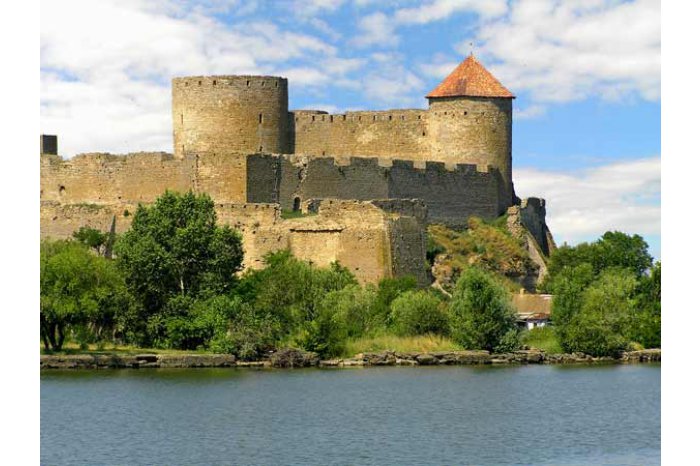Vlaicul, chief magistrate, name coming from Middle Ages' history
15:58 | 24.03.2022 Category:
The Chisinau residents know the name of Vlaicul chief magistrate; yet, the absolute majority of them remember him only in the context of the street in the centre of Chisinau, which bears his name. The historiography of this outstanding personality from the medieval period is extremely poor. And only thanks to the huge and noble effort of historians Valentina and Andrei Esanu we have possibility to learn fragments from the biography of this illustrious Moldovan state figure, who is so closely connected to Bessarabia as well.
We learn from documents preserved from the old times that Vlaicul was the smallest brother of the mother of Stefan cel Mare (Stephen the Great). Our hero was by the side of Stefan cel Mare when the latter was still a child and hugely helped the Moldovan ruler to form his character of future legendary ruler. Vlaicul even helped his nephew, Stefan cel Mare, to ascend the throne in 1457.
Back in the times when the Ottoman invasion was not so vast, the fortresses from eastern Moldova were in danger to be occupied by foreigners. The White Fortress was the most important one, as it ensured the trade of the Moldovan state through Dniester’s estuary and to the Black Sea. To strengthen the military and administrative presence of Moldova at the White Fortress, Stefan appointed his uncle, Vlaicul, as chief magistrate.
The efforts of Vlaicul did not boil down to the arrangement and strengthening of the fortress. He developed the town with the same name and supervised and defended all the space from Dniester’s estuary up to the mouth of Danube, including the sea coast. One could not find a more useful and precious personage to keep the Black Sea basin in the possession of the Moldova’s ruler.
Yet, the situation changed after 1465, when Stefan released the Chilia fortress, the strongest fortress in those times. Besides the care for the White Fortress, he had also the title of first adviser of the ruler and was visiting diverse settlements, in order to enhance the influence and administrative control of the territory. One of the halts of Vlaicul was on the banks of the Bic river. Vlaicul learned that this place had borne the name of Chisinau from times immemorial and that a well called Albisoara was nearby. He made an order to bring a wooden pail of water, so that he and his comrades travellers refresh themselves. They also tasted a good wine and Vlaicul liked this place very much. So, Vlaicul proposed the local masters that he was ready to buy this settlement. They eventually agreed on this matter. The masters received 120 Tartar silver coins and they concluded the bargain. It was the year 6974 from the creation of the world and 1466 AD. So, in this way, Vlaicul, the chief magistrate of the White Fortress, took possession of Chisinau. In this way, Chisinau entered in the focus of the Moldovan ruler’s court and its subsequent development marked the beginnings of the settlement which is presently the capital of Moldova.

